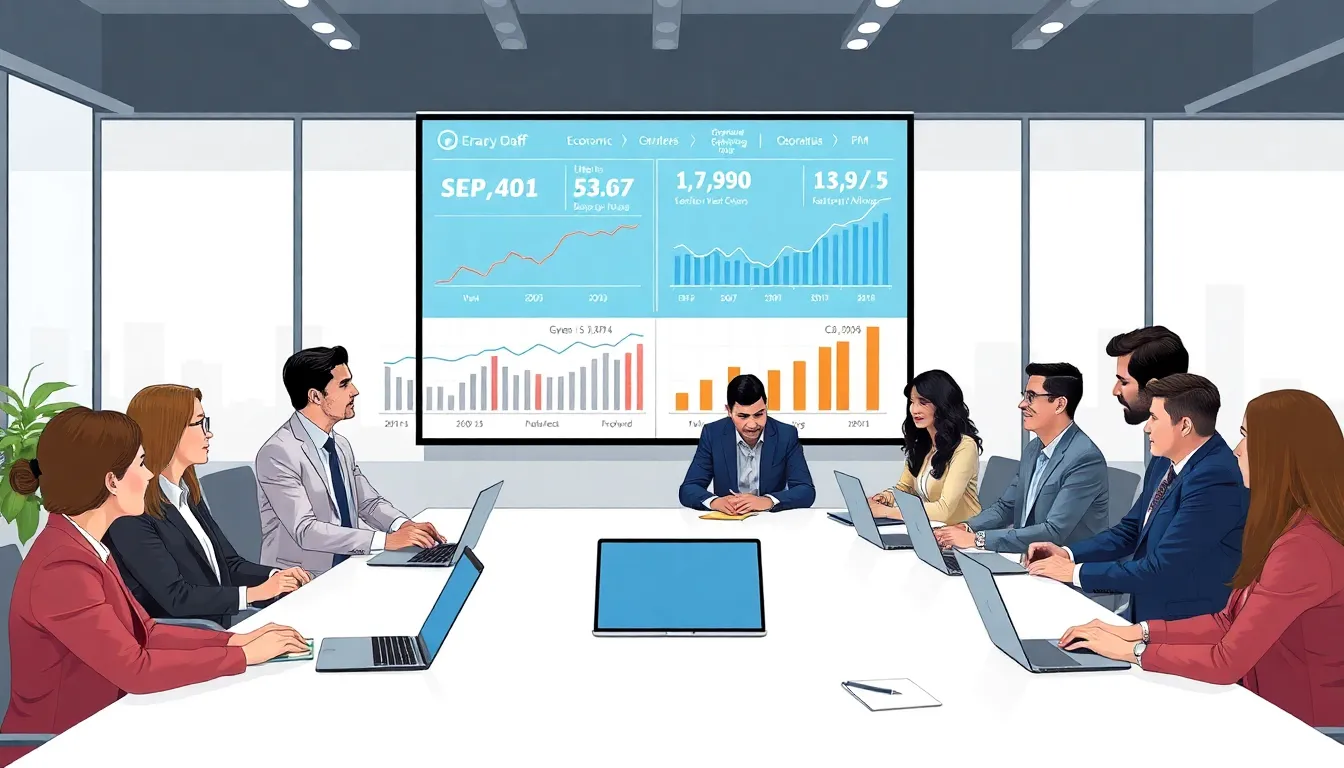Table of Contents
ToggleIn a world where coffee prices can rival a small car and avocado toast is practically a luxury item, understanding the economic picture has never been more crucial. It’s like trying to read the fine print on a contract while riding a roller coaster—thrilling yet a bit dizzying. With inflation rates soaring and job markets shifting faster than a cat on a hot tin roof, keeping up with the economy feels like chasing a squirrel on caffeine.
Understanding The Economic Picture
Grasping the economic picture involves examining data that reflects financial health and market dynamics. Such data provides insights into consumer spending, employment rates, and inflation.
Definition Of Economic Picture
The economic picture refers to the overall state of an economy, showcasing indicators like gross domestic product, unemployment rates, and inflation levels. These indicators collectively represent how well an economy is performing and guide decision-making for businesses and policymakers. Economic trends emerge not only from current data but also from historical patterns, helping forecast future outcomes.
Importance Of Analyzing The Economic Picture
Analyzing the economic picture aids in understanding market fluctuations and consumer behavior. Businesses rely on this analysis to make informed strategic decisions. Investors use it to identify opportunities and mitigate risks in their portfolios. Policymakers benefit from comprehension of economic conditions to shape effective fiscal and monetary policies. Individuals can also navigate their financial situations more effectively when they stay informed about prevailing economic trends.
Key Components Of The Economic Picture

Understanding the key components of the economic picture helps individuals and businesses make informed decisions. Key indicators include gross domestic product (GDP), employment rates, and inflation levels.
GDP And Economic Growth
GDP measures the total value of goods and services produced in a country. An increase indicates economic growth, which typically suggests a healthy economy. Tracking GDP growth rates reveals trends in consumer spending and business investment. For instance, a 3% annual GDP growth rate signals robust economic activity. In contrast, stagnant or declining GDP can highlight potential recessions. Analysts closely watch GDP to gauge overall economic health, influencing investment and policy decisions.
Employment Rates
Employment rates reflect economic vitality and workforce dynamics. Higher employment rates signify a strong economy, boosting consumer confidence and spending. A low unemployment rate, such as 4%, often correlates with rising wages, benefiting workers. Conversely, a high unemployment rate indicates economic distress, affecting household incomes and spending power. Businesses adapt their strategies based on employment data, as labor availability influences production capacity. Policymakers also use employment figures to shape economic initiatives, aiming to stimulate job growth and reduce unemployment.
Inflation Rates
Inflation rates measure the change in prices over time, impacting purchasing power. Moderate inflation, around 2%, is generally acceptable for economic stability. However, soaring inflation, exceeding 5%, can erode savings and deter consumption. Central banks monitor inflation closely, adjusting interest rates in response. For example, increasing rates can reduce inflation by curbing spending. Investors often seek inflation-hedged assets, like real estate or commodities, to protect their wealth during inflationary periods. Inflation levels play a critical role in shaping economic forecasts and financial strategies.
Current Trends In The Economic Picture
Current economic trends reflect significant shifts and challenges across various sectors. These trends provide crucial insights into the evolving economic picture.
Global Economic Trends
Global economic trends showcase varied performances among different regions. China experiences a gradual recovery with increased consumer spending and manufacturing output. Europe faces inflationary pressures but benefits from a resilient labor market. Emerging markets exhibit mixed growth, with fluctuating commodity prices impacting overall stability. Trade dynamics shift as countries reevaluate supply chain dependencies, exacerbated by geopolitical tensions. Global central banks respond to inflation with monetary tightening, impacting borrowing costs and investment decisions.
National Economic Trends
National economic trends highlight key fluctuations within the domestic economy. The United States reports steady GDP growth driven by robust consumer spending and a thriving service sector. Unemployment rates decline, signaling improved job security and increased wage growth for workers. Inflation remains a concern, impacting everyday expenses for consumers. Housing markets show signs of cooling as interest rates rise, affecting homebuyers’ purchasing power. Furthermore, industries like technology and renewable energy experience rapid advancements, positioning themselves for future growth amidst economic uncertainty.
Challenges Affecting The Economic Picture
Economic challenges emerge from various sources, reflecting complex interactions across the landscape.
Economic Disparities
Economic disparities significantly impact consumer behavior and regional growth. Wealth gaps widen as income distribution skews, affecting purchasing power for many households. Lower-income groups often struggle to afford essential goods, while wealthier households continue to drive luxury market growth. Urban areas typically show stronger economic performance compared to rural regions, where opportunities remain limited. This uneven distribution contributes to broader societal issues such as reduced access to education and healthcare. Addressing these disparities requires targeted policy interventions to promote equitable growth and support disadvantaged communities.
Political Influences
Political influences shape the economic picture through legislation and regulatory frameworks. Changes in government can lead to shifts in fiscal policies and trade agreements, directly impacting business operations. For instance, new tariffs can alter consumer prices, while tax reforms may stimulate or hinder economic growth. Political stability fosters investor confidence, encouraging capital investment and innovation. Conversely, political uncertainty often results in market volatility, complicating long-term planning for businesses and consumers alike. Therefore, understanding the interplay between politics and the economy is crucial for accurately assessing economic conditions.
Future Outlook Of The Economic Picture
Current indicators suggest multiple trends will shape the economic future. Analysts expect fluctuations in inflation, consumer spending, and employment rates to influence overall economic health.
Predictions And Projections
Predictions indicate inflation may stabilize as supply chains improve and energy prices normalize. Growth projections for GDP lean toward a modest increase, driven by consumer spending resurgence. Employment rates are likely to improve as businesses recover from pandemic impacts, offering more job opportunities. Industries such as technology and renewable energy are on track for expansion, responding to increased demand. Economists point out that emerging markets could experience varied growth rates, dependent on specific regional factors.
Strategies For Improvement
Strategic policies are essential for enhancing economic stability and growth. Implementing targeted fiscal measures can alleviate economic disparities, promoting fair access to resources. Enhancing workforce development programs will equip job seekers with necessary skills, boosting employability in growing industries. Strengthening support for small businesses will foster innovation and resilience within local economies. Developing sustainable practices in key sectors is crucial to ensure long-term viability. Addressing inflation through monetary policies will also play a significant role in restoring consumer confidence and spending.
The economic picture presents a complex yet vital framework for understanding current market dynamics. As inflation rates fluctuate and employment patterns evolve, stakeholders must remain vigilant. Recognizing the interplay between GDP growth, consumer behavior, and political influences is essential for informed decision-making.
Future trends indicate potential stabilization in inflation and growth, yet challenges remain. Addressing economic disparities and fostering innovation will be crucial for sustained progress. By implementing strategic policies, the economy can navigate uncertainties and pave the way for a more equitable and resilient future.




